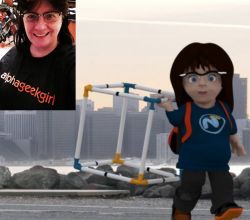Viewing modo601 help docs in pdf format on your iPad
| Description | The modo 601 documentation has at least three times as much content as previous versions. And you'll be fascinated by some of the hidden gems you'll find there. So reading the modo docs on your iPad is a great way to kill time whilst being productive - especially when you don't have a paperback with you, or internet access. And five minutes a day discovering something new is more worthwhile than playing games 😉 Note: MODO701 does not come with a .pdf version of the help docs |
||
|---|---|---|---|
| Step-by-Step |
|
||









 0%
0%












